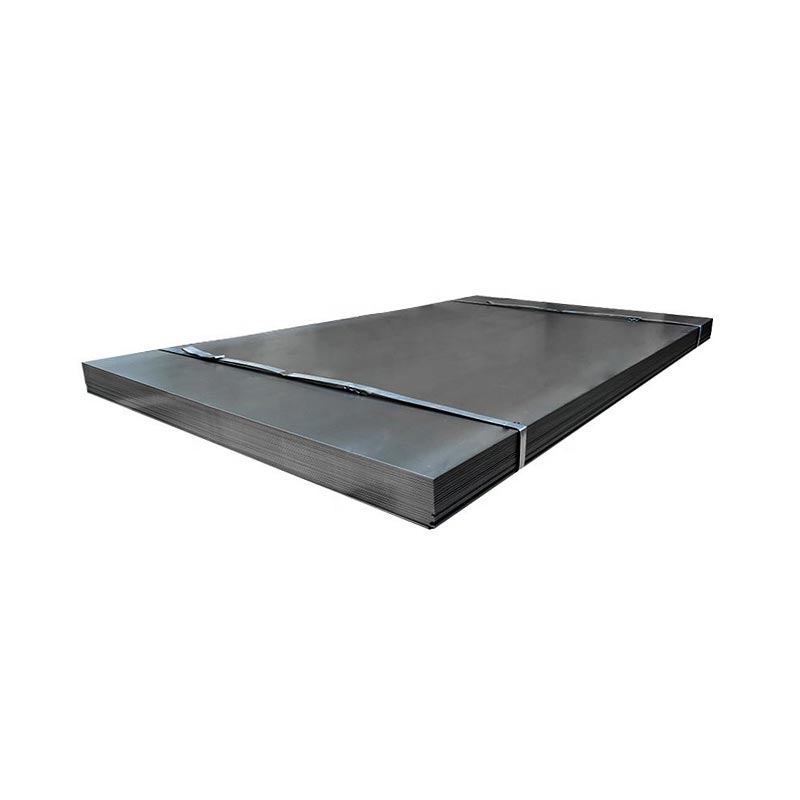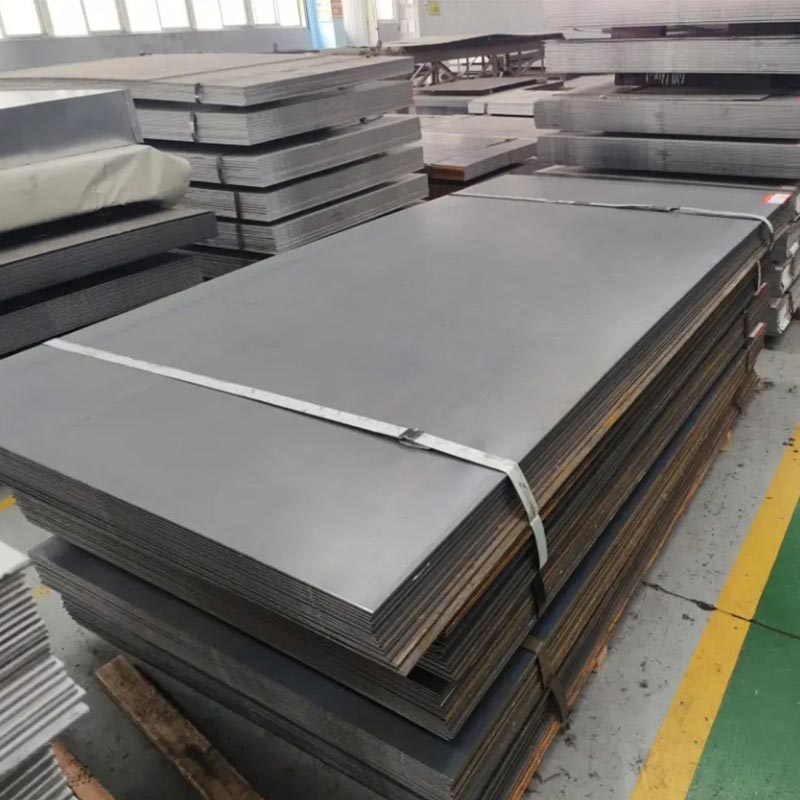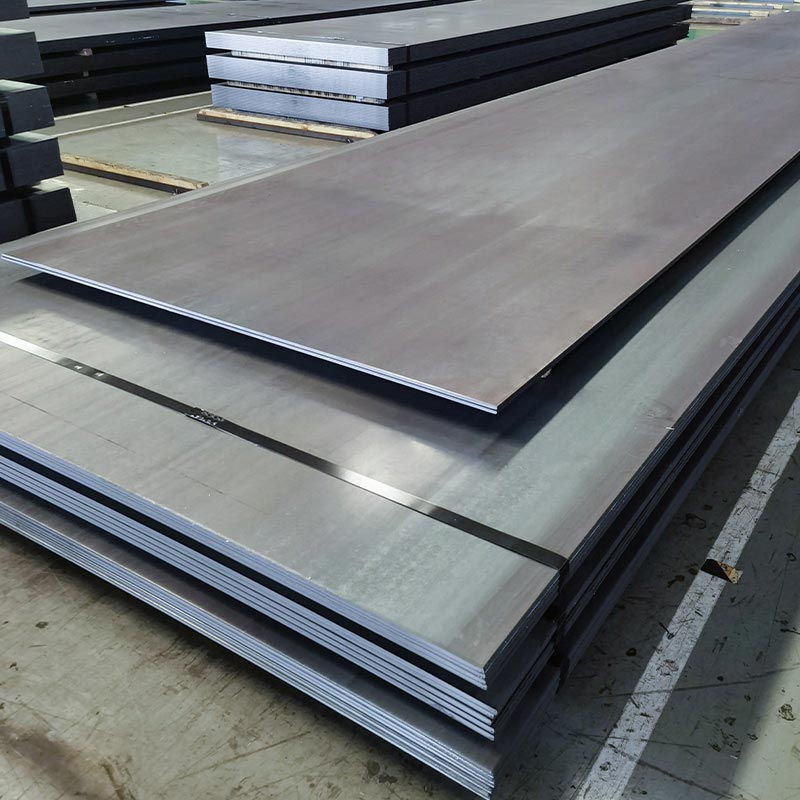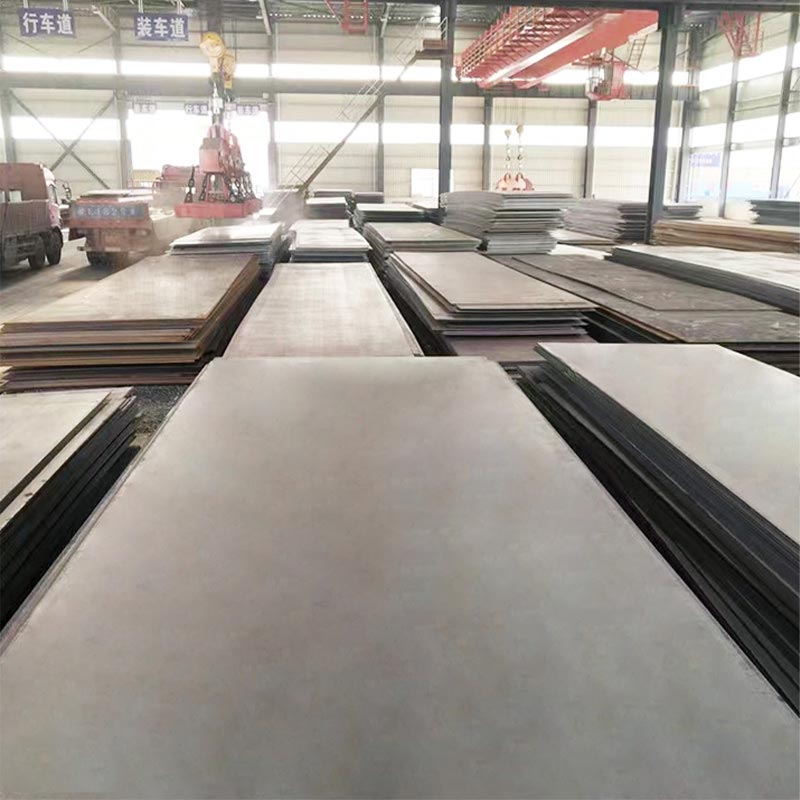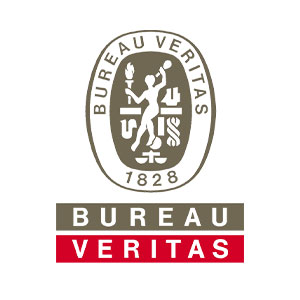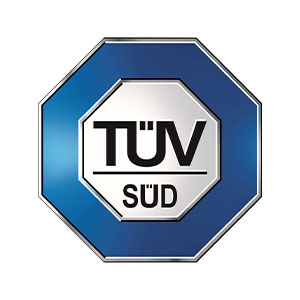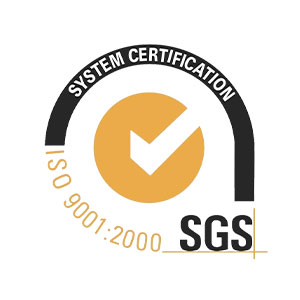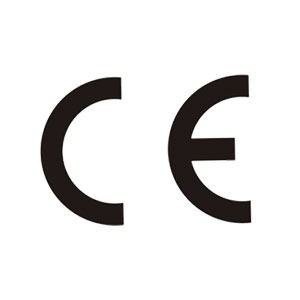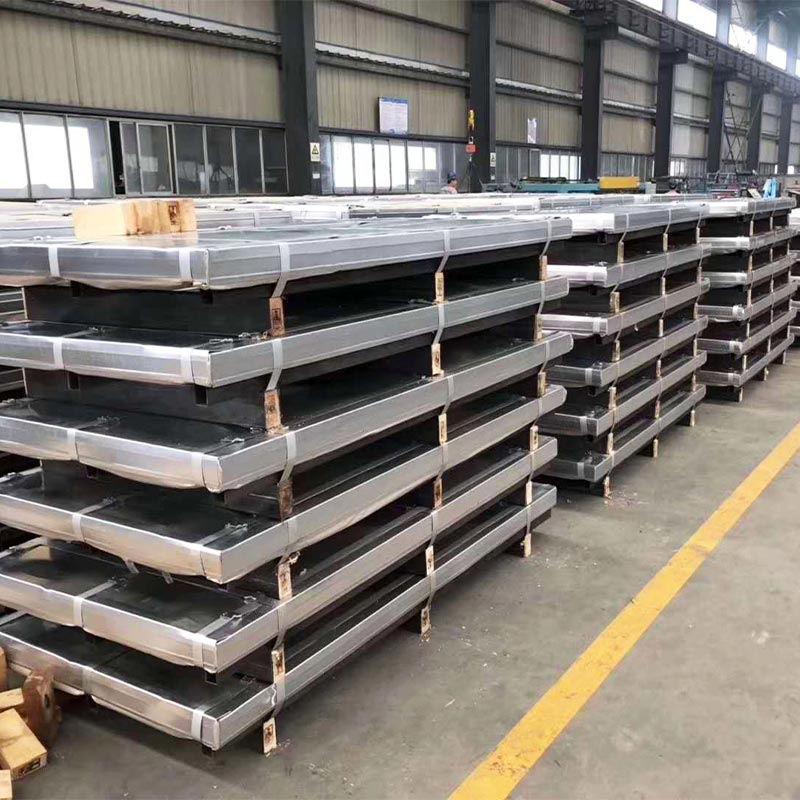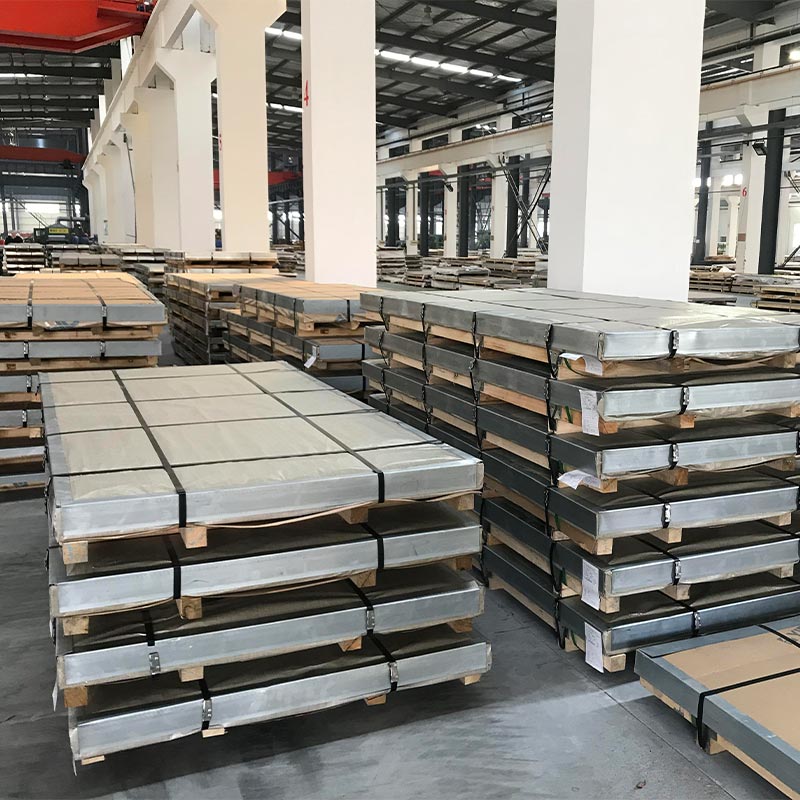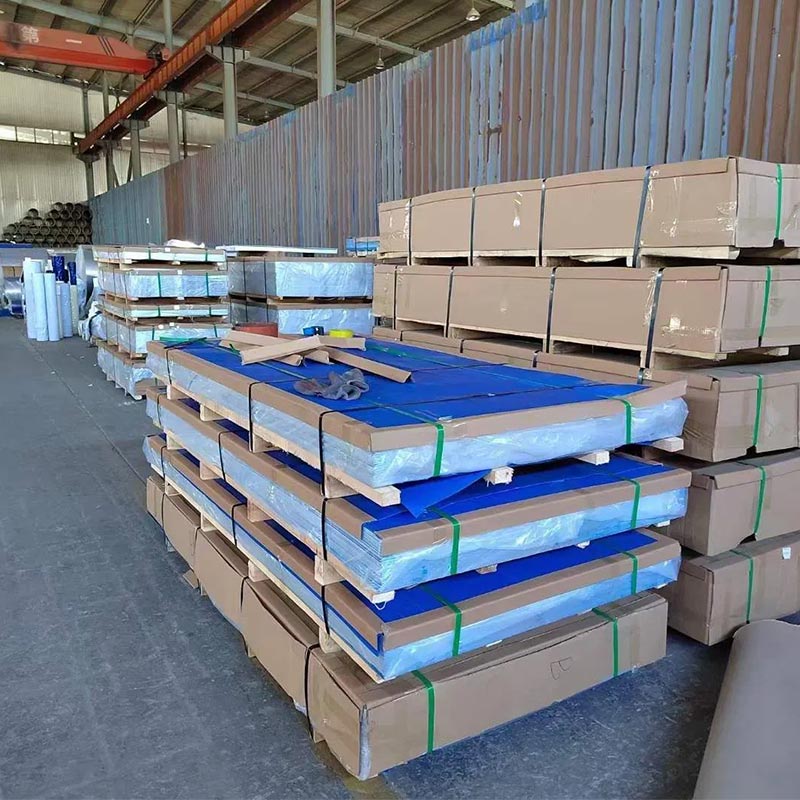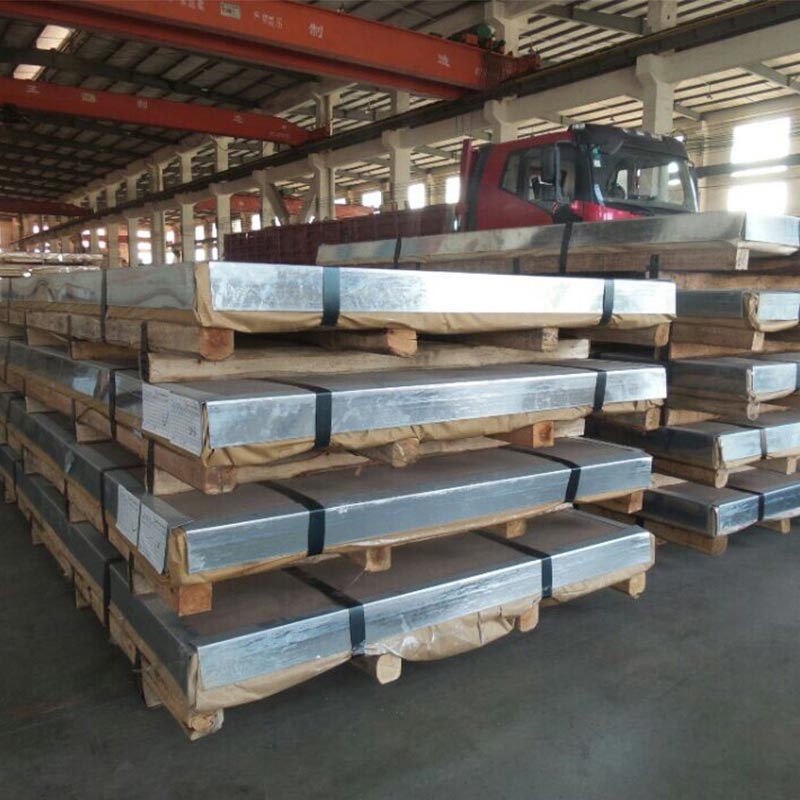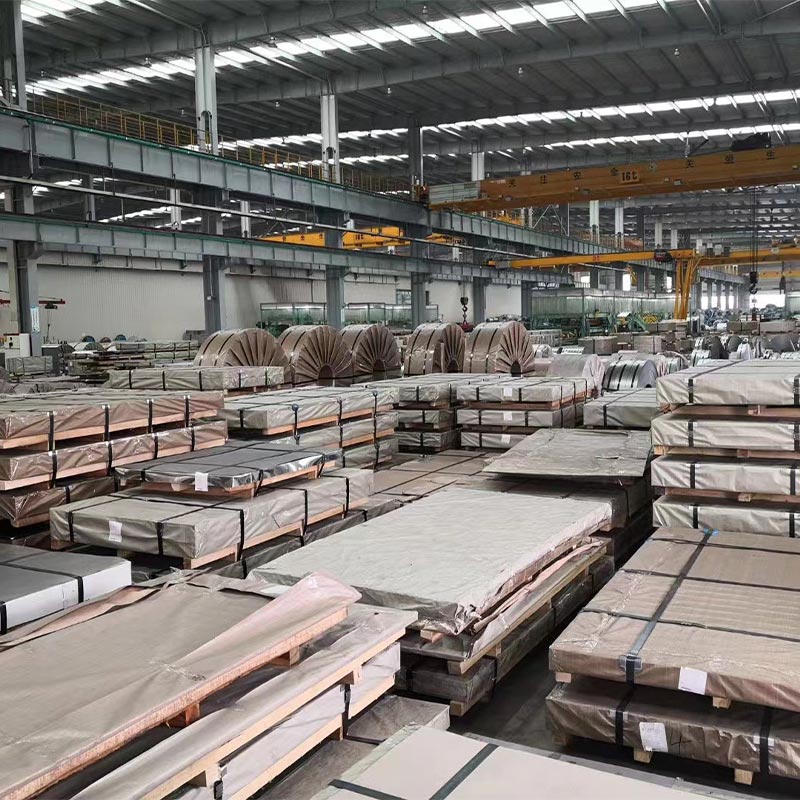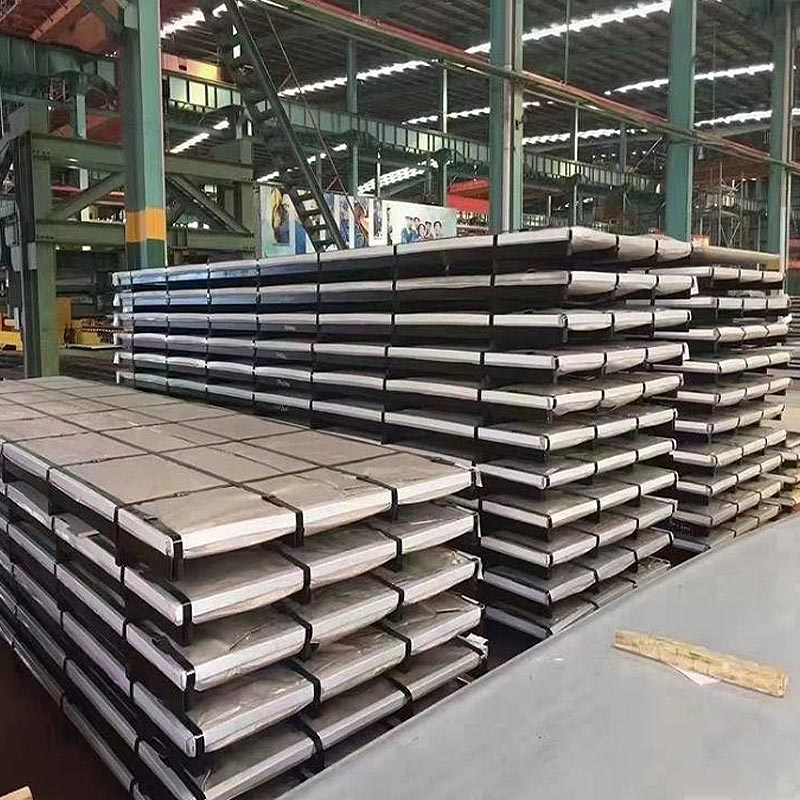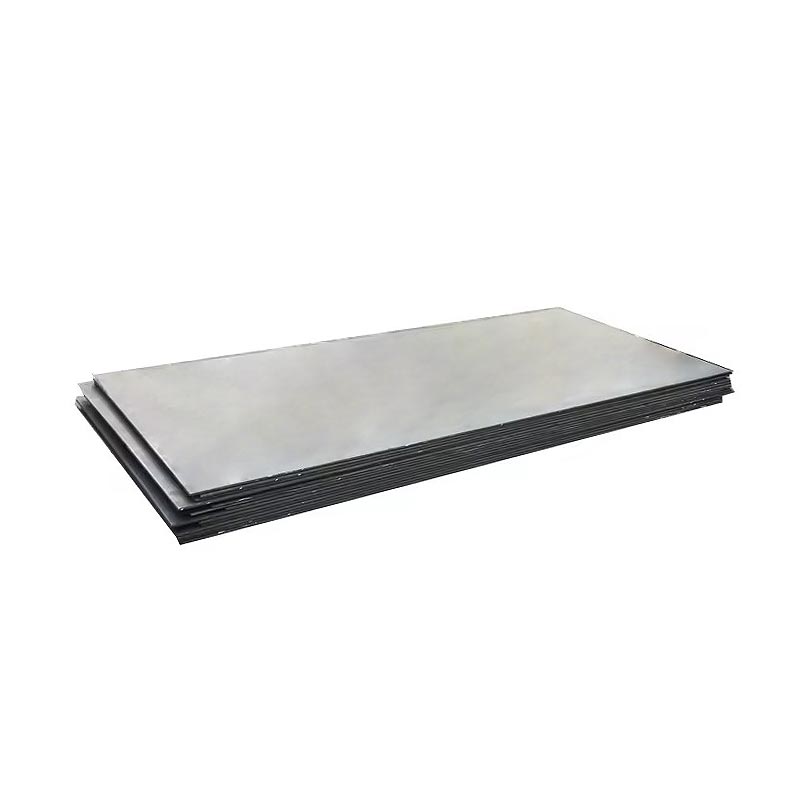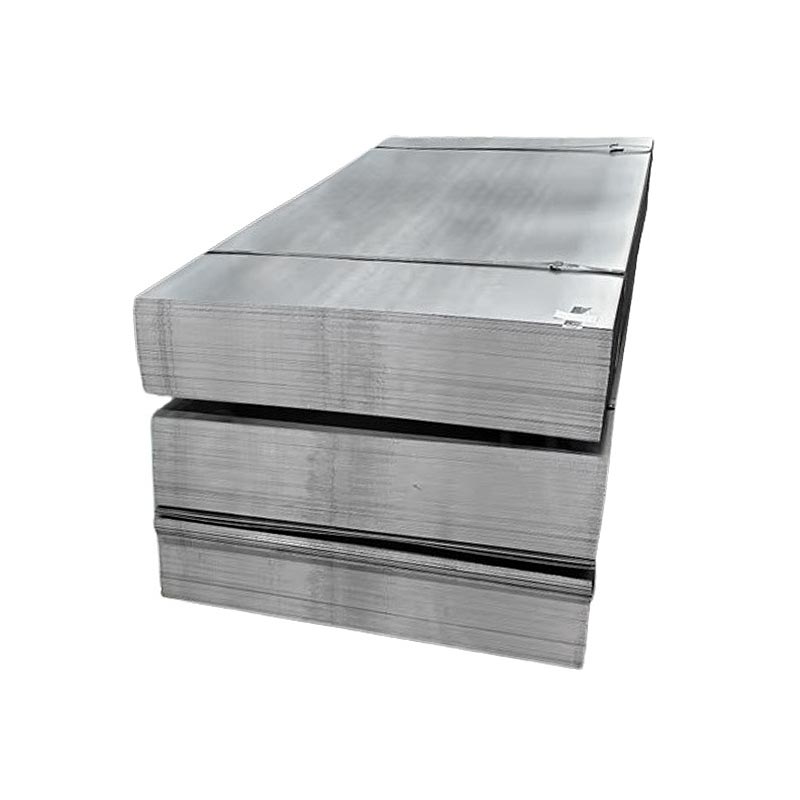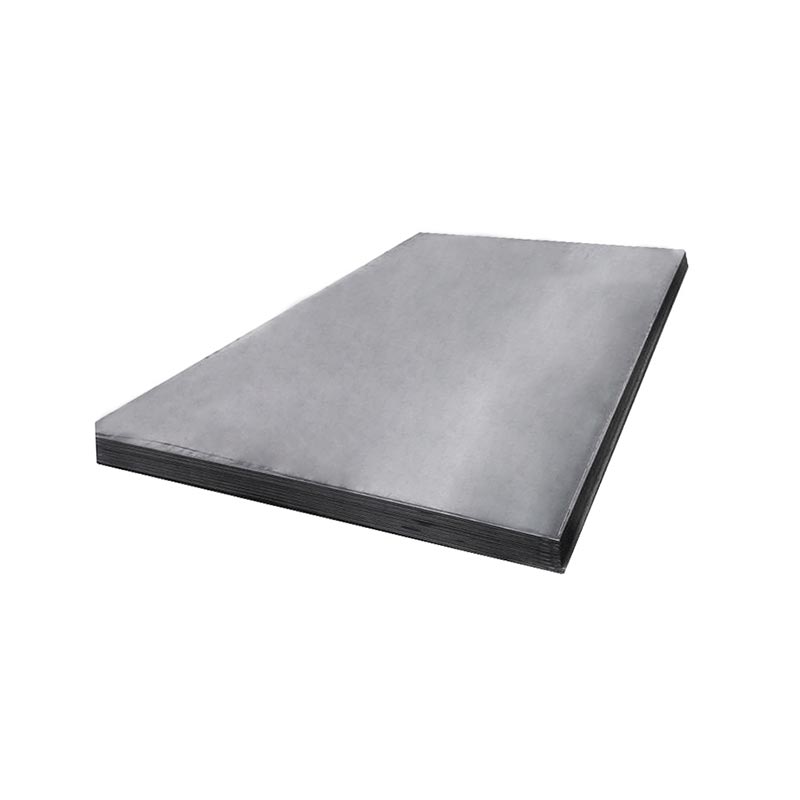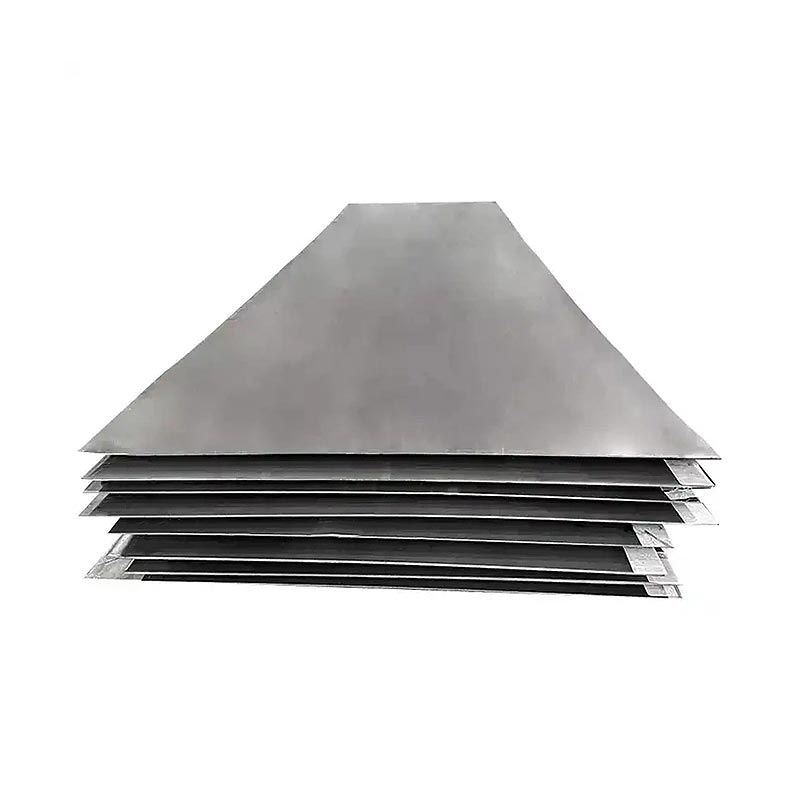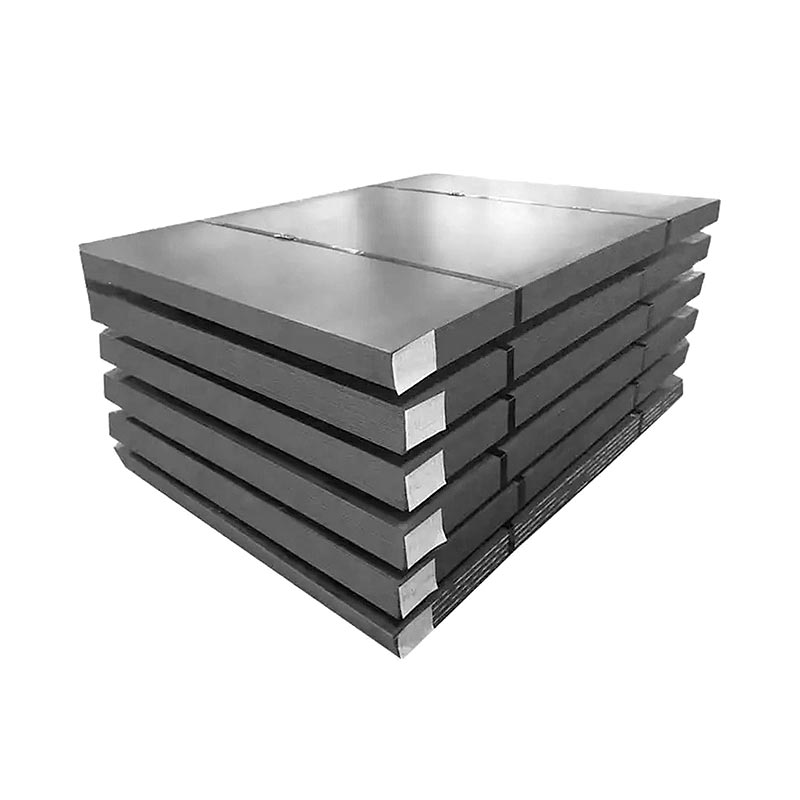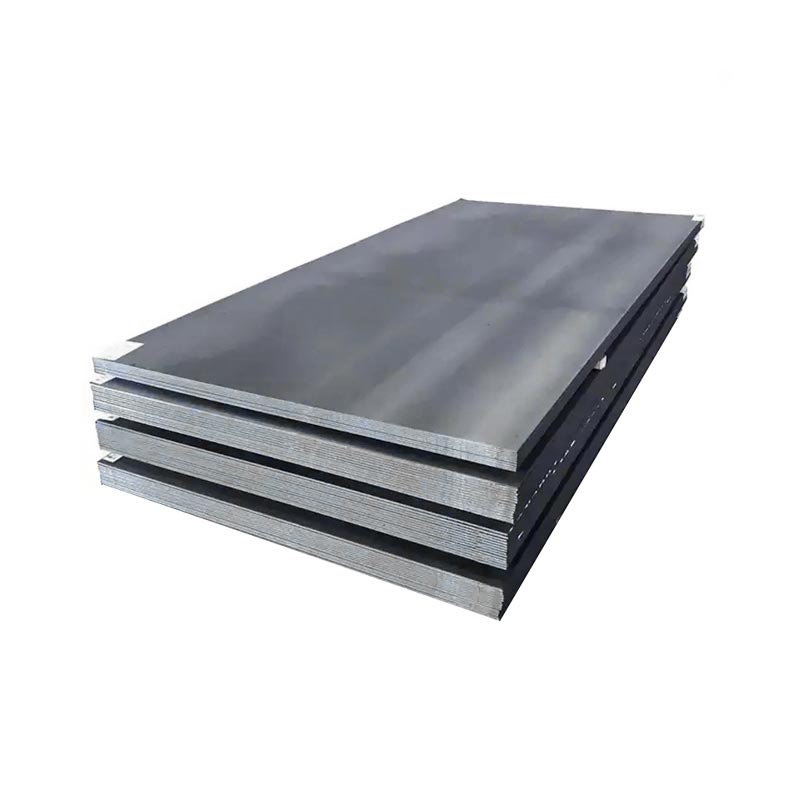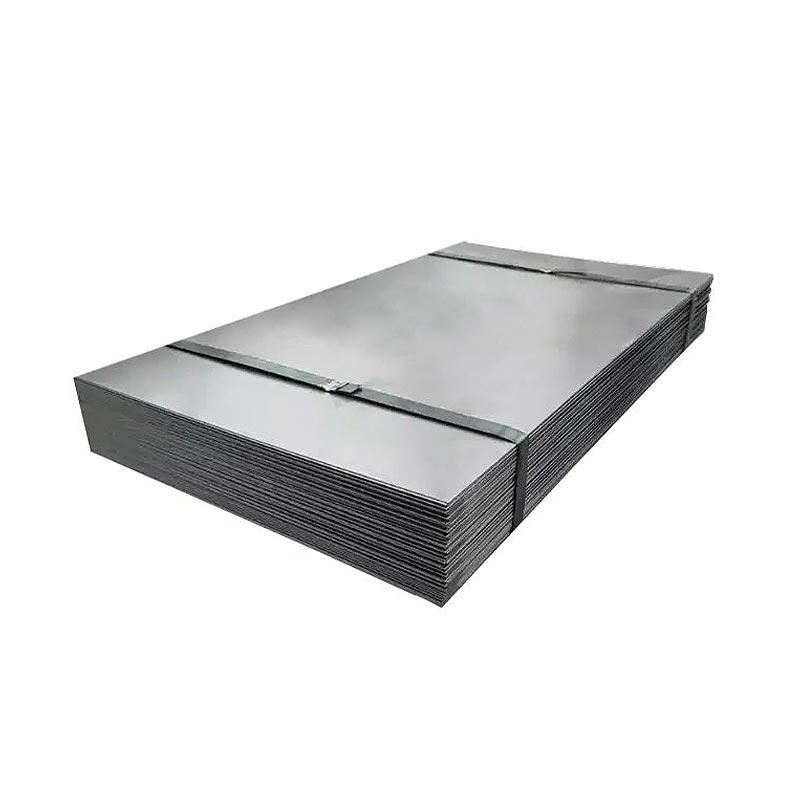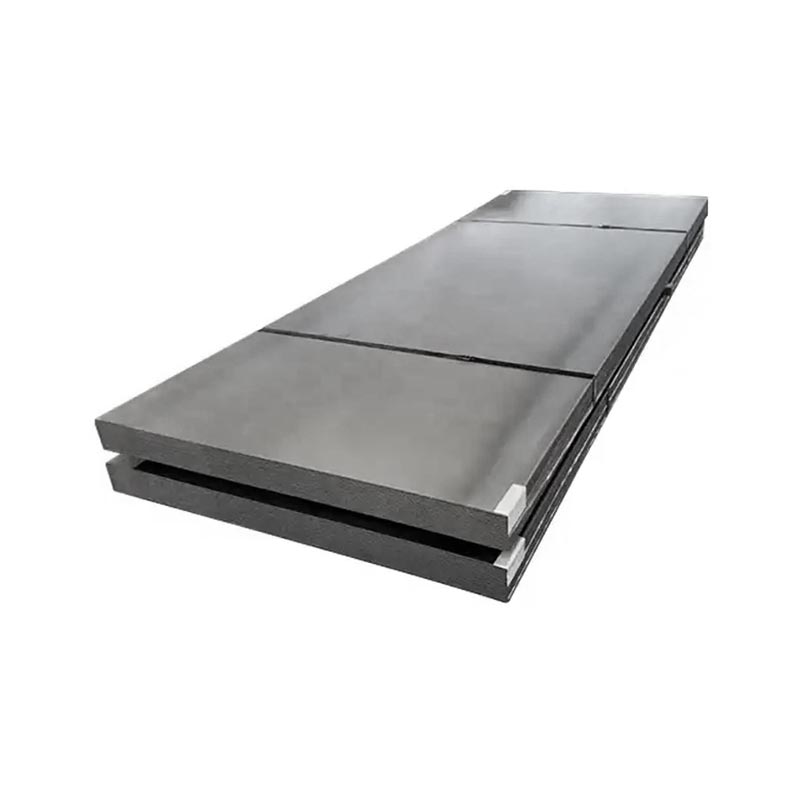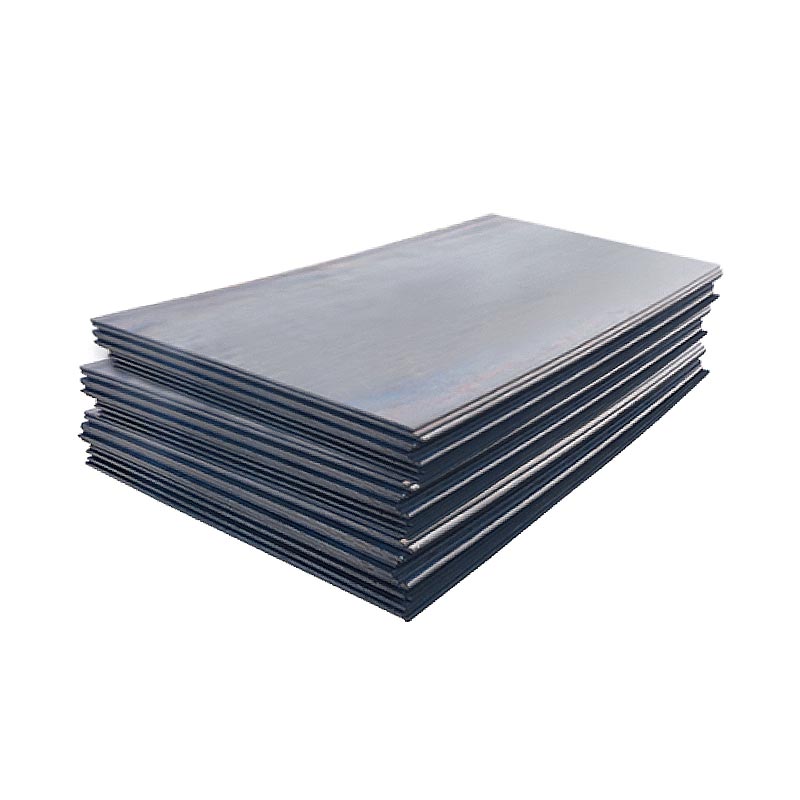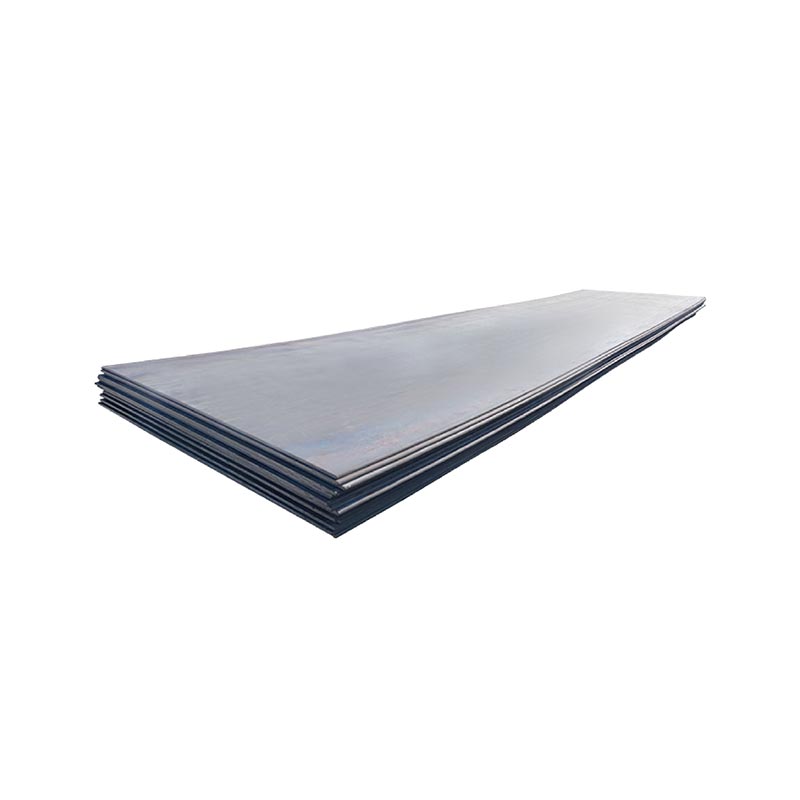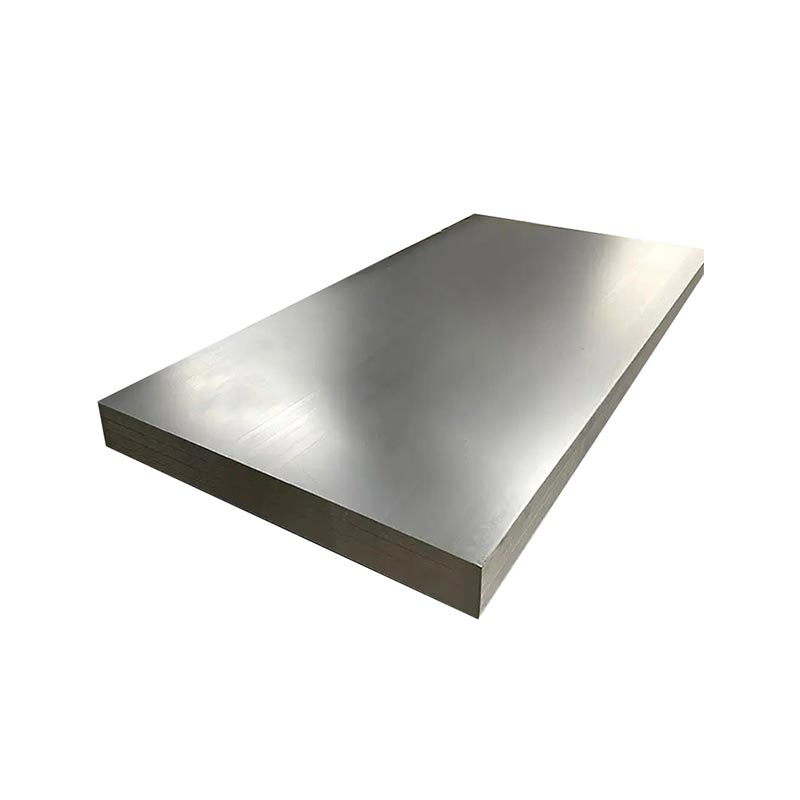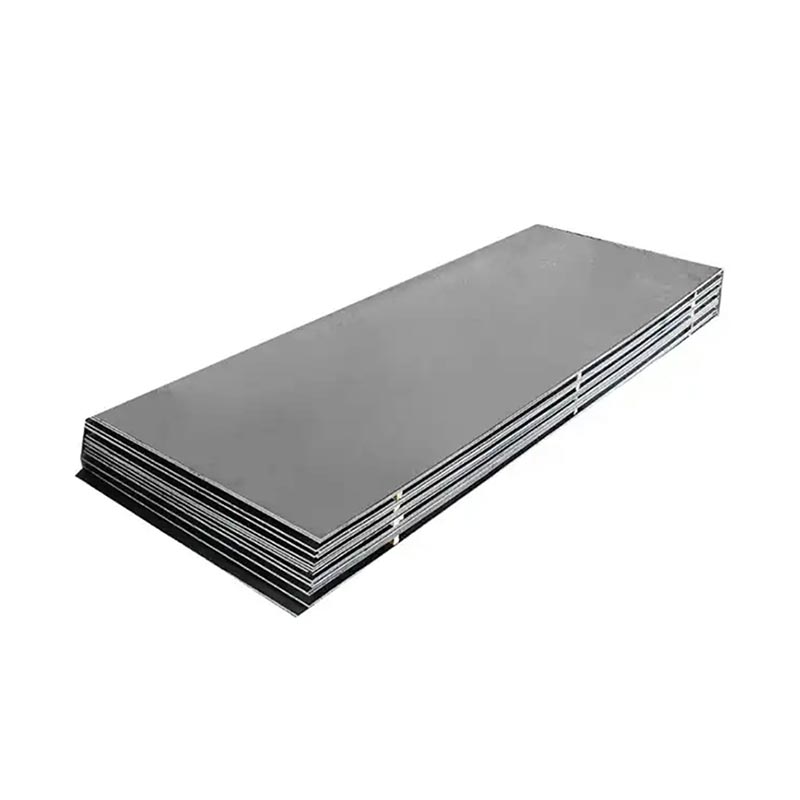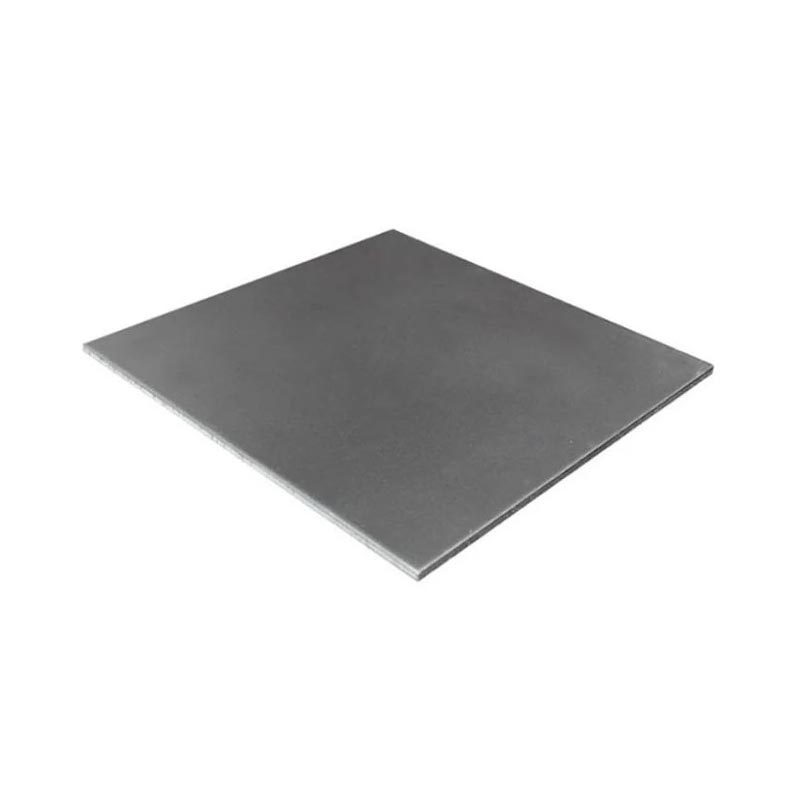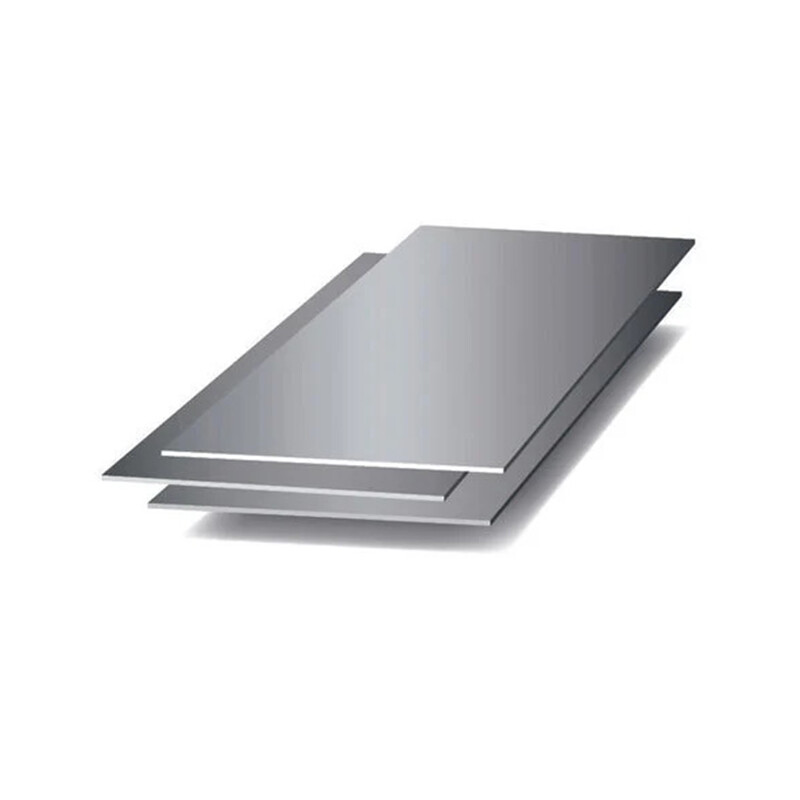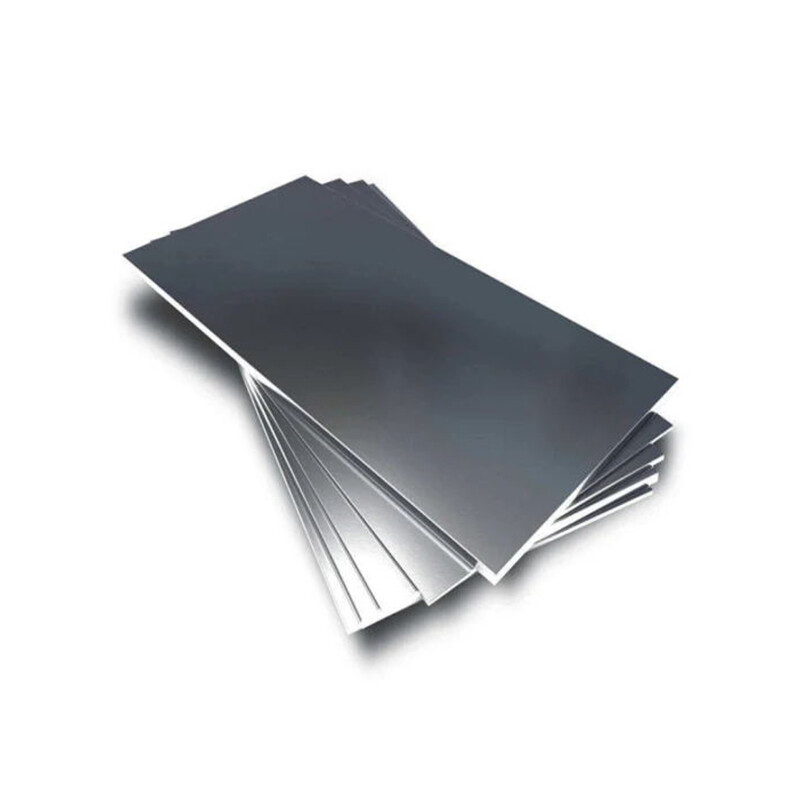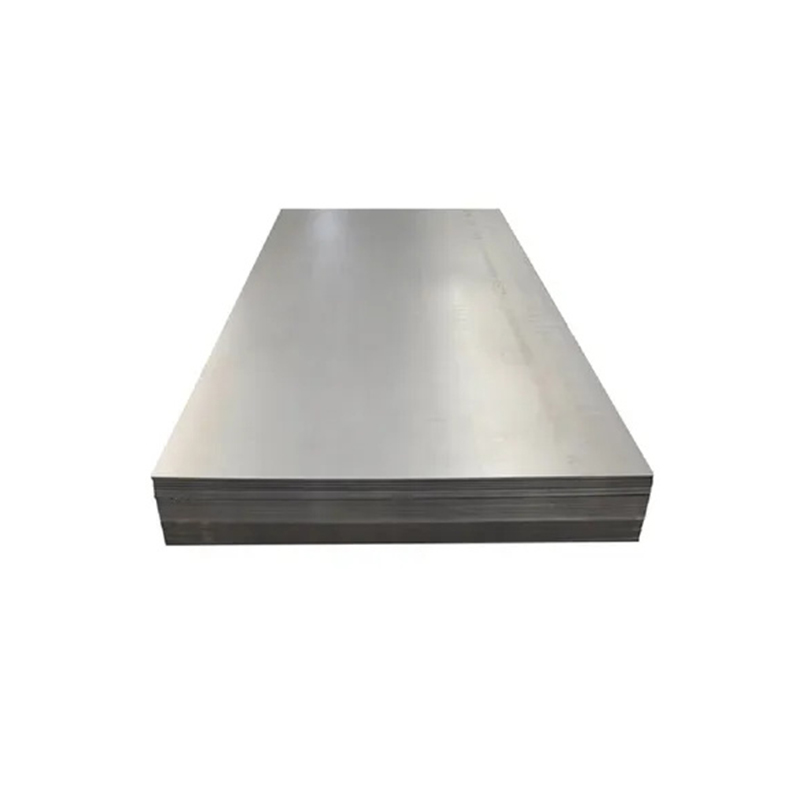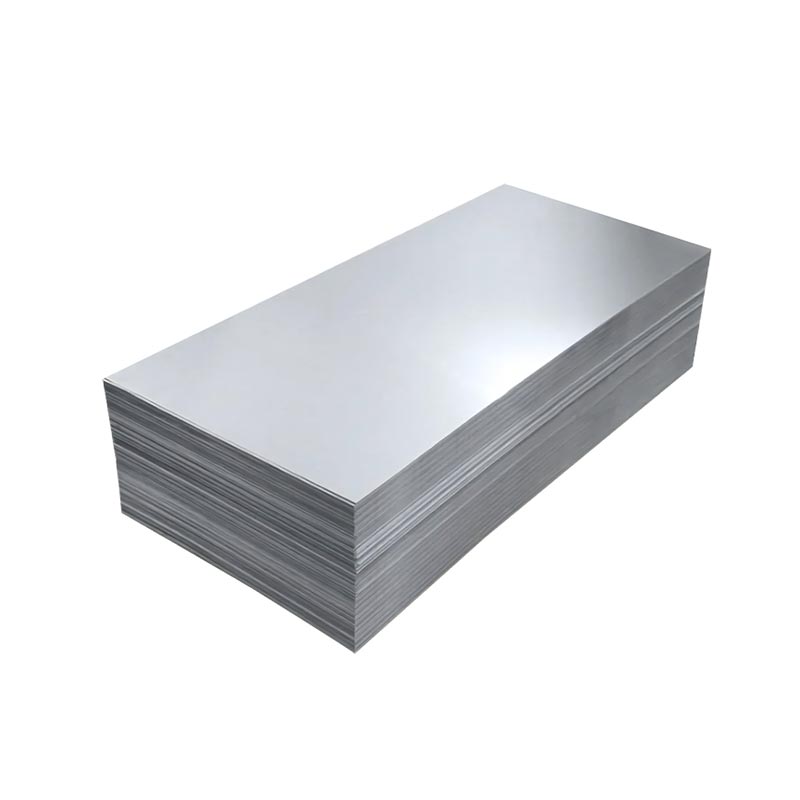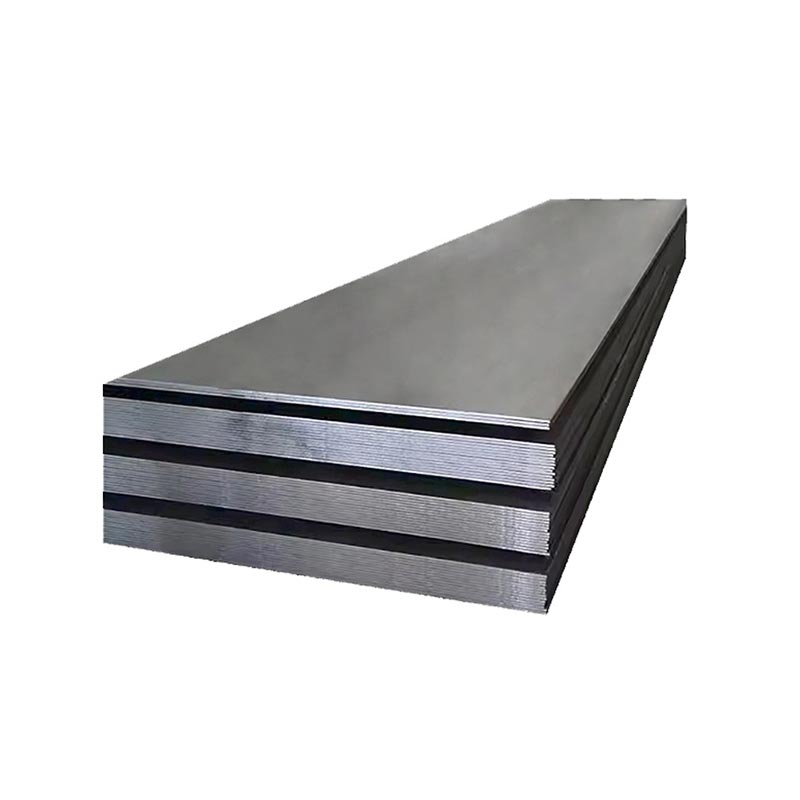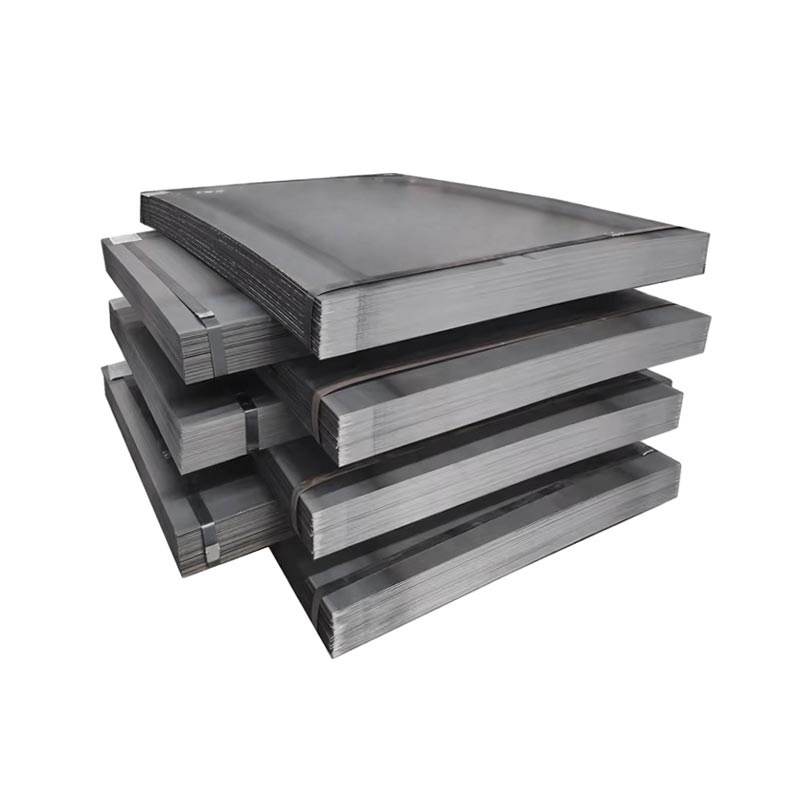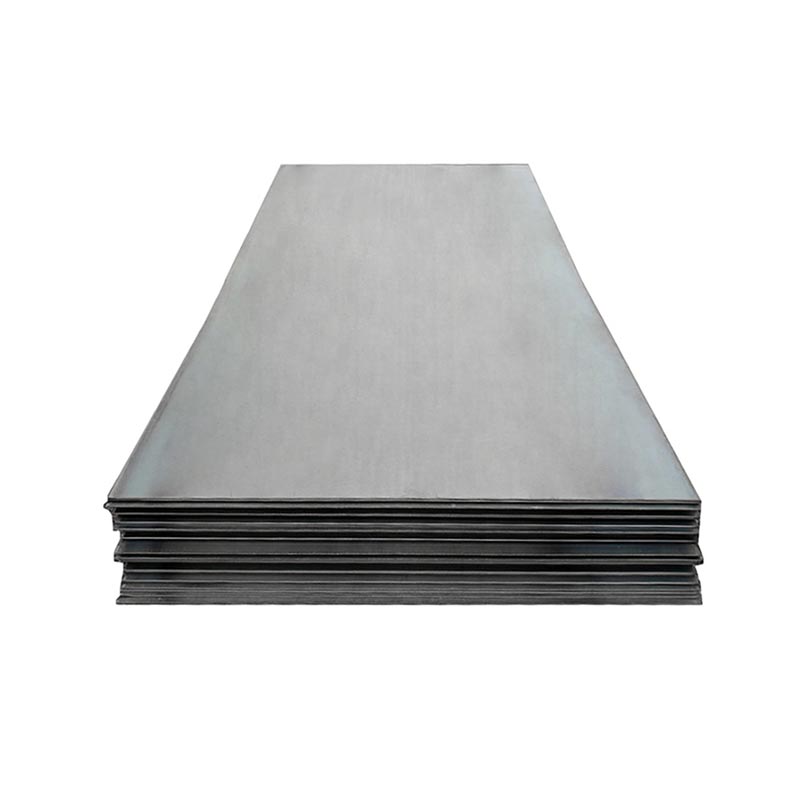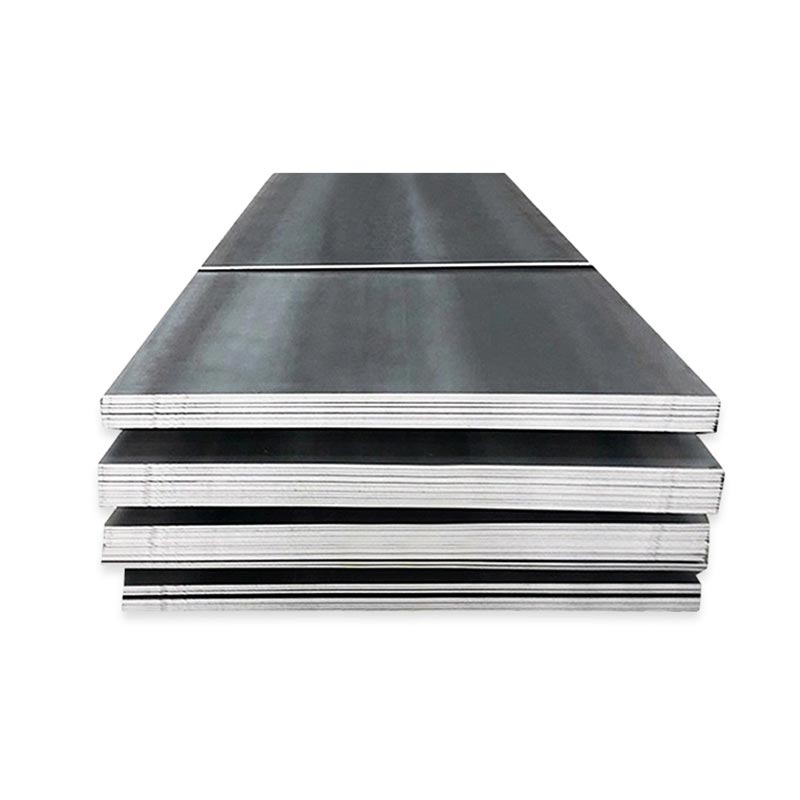Carbon Steel Plate
● A carbon steel plate is a flat sheet made from carbon steel, an alloy primarily composed of iron and carbon, with minimal other elements. It’s categorized by carbon content: low (≤0.25%), medium (0.25–0.6%), and high (>0.6%).
● Low-carbon plates offer ductility and weldability, ideal for construction or automotive parts. Medium-carbon variants balance strength and toughness, used in machinery. High-carbon types are hard but brittle, suited for tools or springs.
● Common grades include A36, S235JR, and A572. These plates vary in thickness, width, and finish, serving industries like construction, manufacturing, and energy for structural, industrial, or fabrication needs.
View Video
Mild Steel Plate
Mild steel plate, also known as low-carbon steel, has a carbon content of 0.05–0.25%. It’s ductile, malleable, and easily welded, making it versatile for construction, automotive parts, and general fabrication. With moderate strength (tensile 370–500 MPa) and low cost, it balances formability and durability. Not ideal for high-stress or corrosive environments but widely used in structural and everyday applications.
Get A Quick Quote!
You Can Leave Us A Message
or Send Us An Email!
Product Details
Product Parameters
Packaging and Transportation
Related Products
Leave Us Message
Please give us a message
What are you lookking for?

